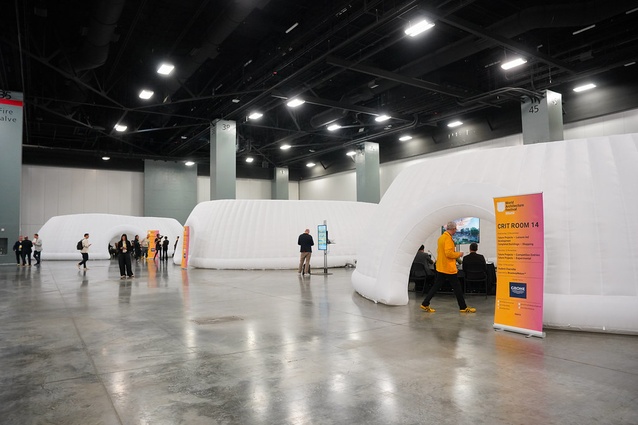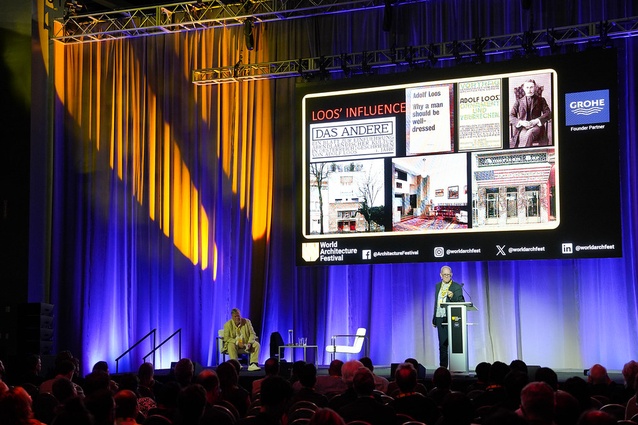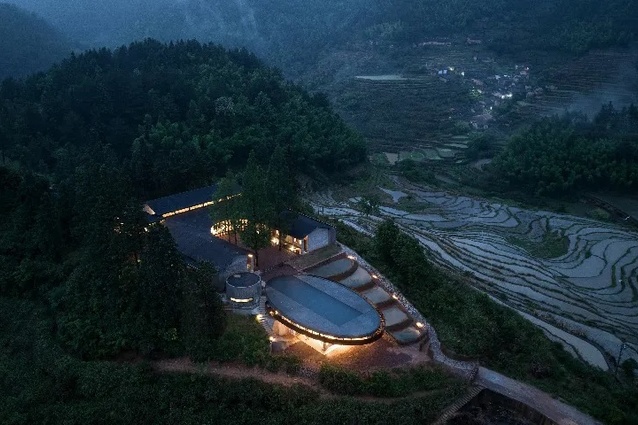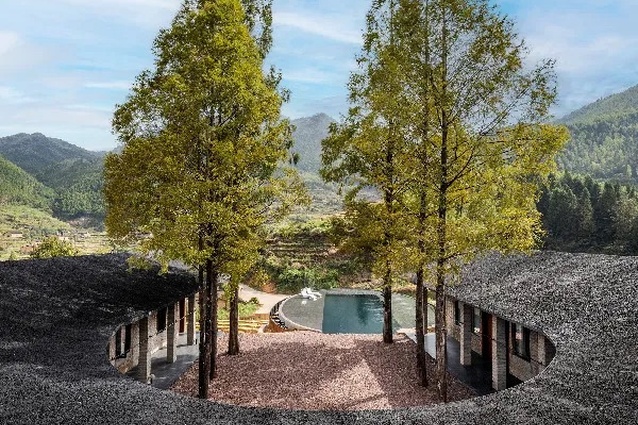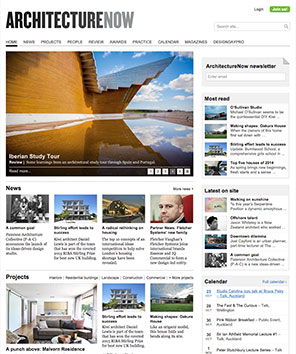Darryl Church reports from WAF
WAF finalist in 2024 and 2025, Darryl Church, founder of DCA Architects of Transformation, reports back from Miami.
The 2025 World Architecture Festival, considered the Olympics of architecture awards, made its USA debut, hosted by the city of Miami. Since its inaugural event in Barcelona in 2008, the festival has been hosted outside of Europe just three times, all Singapore.
I can only surmise that the move to host the event in the USA was an attempt to raise the profile and increase interest in the awards program within the USA. The down under architects have valued participation in the event since its inception, and very successfully, too, I might add. The Auckland Art Gallery was a previous World Building of the year recipient in 2013 for FJMT (now fjc studio) and Archimedia in association. Other New Zealand practices have regularly taken home coveted category awards in the past.
This year, the New Zealand finalists were Hierachy Group, Warren and Mahoney, both with two projects, Patterson Architects, Chris Tate Architecture and my practice DCA Architects of Transformation with a project each, then Monk McKenzie with two future projects, and landscape architects LandLAB and SCAPE with a future landscape project.
Jeremy Smith, with his trademark boardie shorts, was back again this year as a judge. This was my second year as a finalist, presenting The Chodge last year in Singapore, so the second time around was less of a mystery to me.
The format is unique. Initial response is an online entry submission. International judges vet, shortlist, and name finalists, anywhere from 5 to 15 in each category. The named finalists are invited to attend the live judging. This requires attendance in person to convince the three international judges within 10 minutes and an additional 10 minutes of questioning, for a shot at winning your category. Winners progress to present again on the main stage with the super jury and a chance to take out the World Building of the Year award.

Judging happens simultaneously over three days with seventeen pop-up Crit rooms, a live stage, and lectures from some of the movers and shakers of the architecture realm on the main stage.
It is an action packed three days with hundreds of Crits over a vast array of project typologies, from unknown firms right through to the usual well knowns such as Zaha Hadid, Fosters and BIG superstars.


The well-known practices usually attract a packed-out Crit room. This year I made an extra effort to attend all the Kiwi presentations, in a kind of moral and patriotic gesture, just like you might of your team mates at the Olympics.
As a country, we punched above our weight again. Warren and Mahoney, in association with MJMA, a Toronto firm, won the Sports category with the Auckland University Hiwa project. It was a very slick presentation, and one of the best I witnessed.
Monk McKenzie’s presentation of the Te Arai Dune house in the Future House category was a masterful presentation. Beautifully water coloured concept sketches, seductive renders, and a compelling narrative had the judges and the attendees wooing, and the project won its category. The project is currently under construction, and if I were a betting man, I’d put money on it for a built award in a few years’ time.
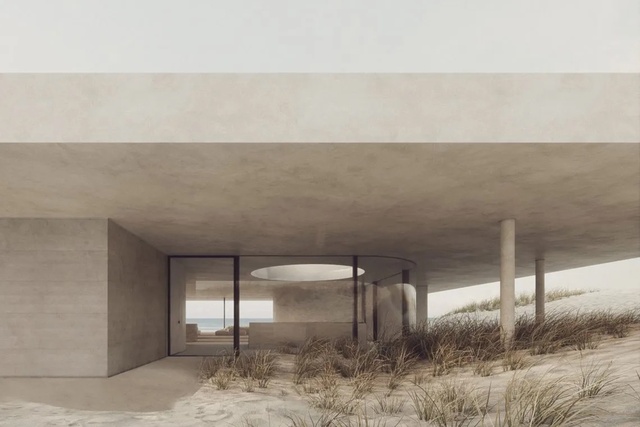
LandLAB, in association with SCAPE, presented Te Ara Tukutuku in the Urban Design Future category. The judges agreed, this was an exemplar of regenerative design, acknowledging the history, indigenous culture, and connecting Aucklanders back to the harbour.

Some of the other standout presentations I attended were a Hotel designed by Studio Gang, named Populous, and located in Denver. The outward façade of the hotel takes direct inspiration from the local Aspen tree (Populous tremuloides), resulting in a truly memorable façade and experience for the guests. A series of window parametric punctuations providing different moments of experience, from window seats, a window desk, or a picture window.
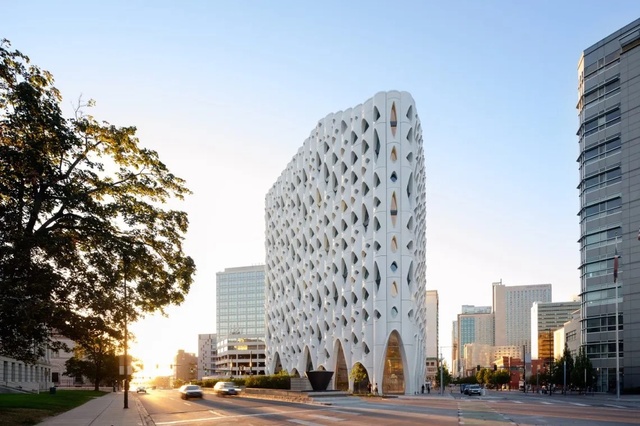

Another memorable presentation was a house alteration in Mount Wuji, China, for a rice field farmer, by Hong Kong-based Atelier Global Limited. A delightful moment in the presentation was the roof designed to be accessible and trafficable so the owners can perform early morning meditation or exercise on the crushed granite roof. Clearly no restrictive building laws to prevent this handrail-free rooftop access. By complete chance, during the gala dinner, I was at the table with the architect, Frankie Lui, and the owners of the house. They extended an invitation to come and stay. I do not feel like this was a courtesy invitation. It felt like they genuinely want others to experience their creation. This conversation was typical of several had over the festival. Talented architects and designers from around the world, coming together, applauding great architecture and connecting with new and old friends.

Our Whare Waka project did not make it past being a finalist, but again very honoured for the recognition and the opportunity to experience so many amazing projects across the globe. As for scandals. It was reported that a particular category winner from New Zealand, celebrated overzealously on Thursday night with a few too many Tequila shots, only to realise they had an early morning Friday presentation for the overall honours. How Kiwi is that? I am a loyal teammate, so as the saying goes, “what goes on tour, stays on tour”.





